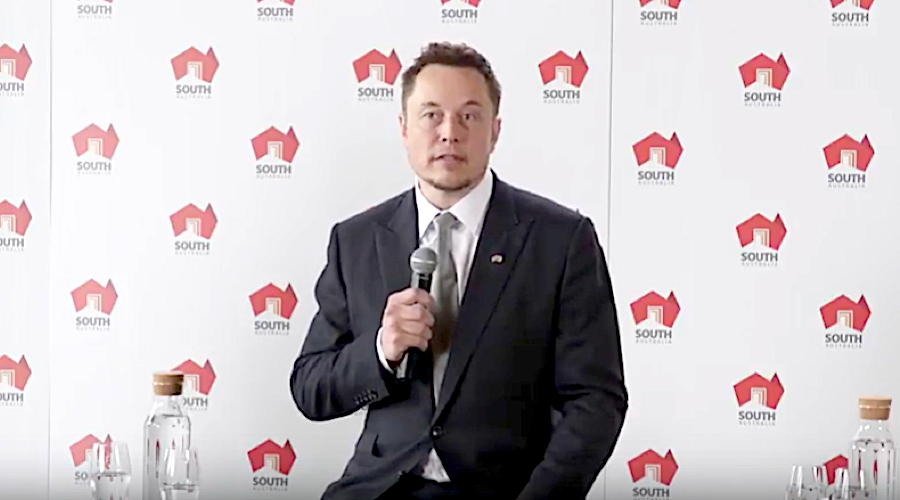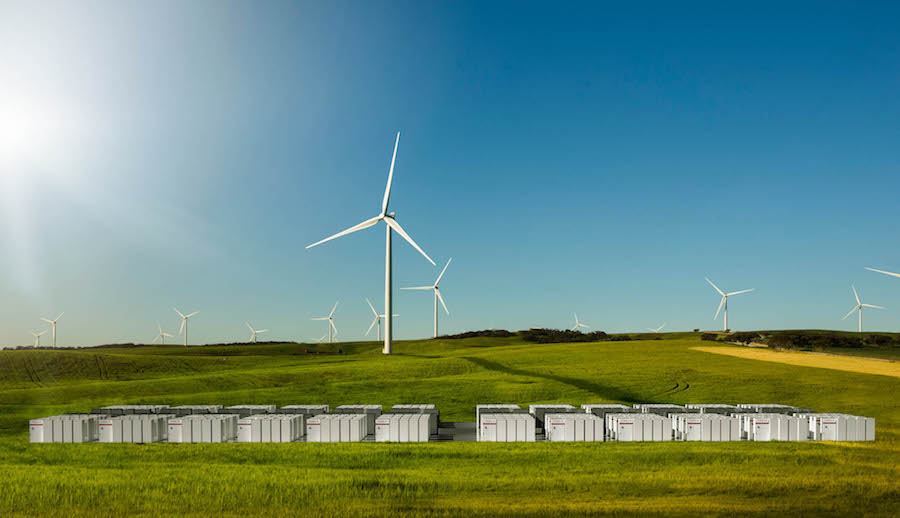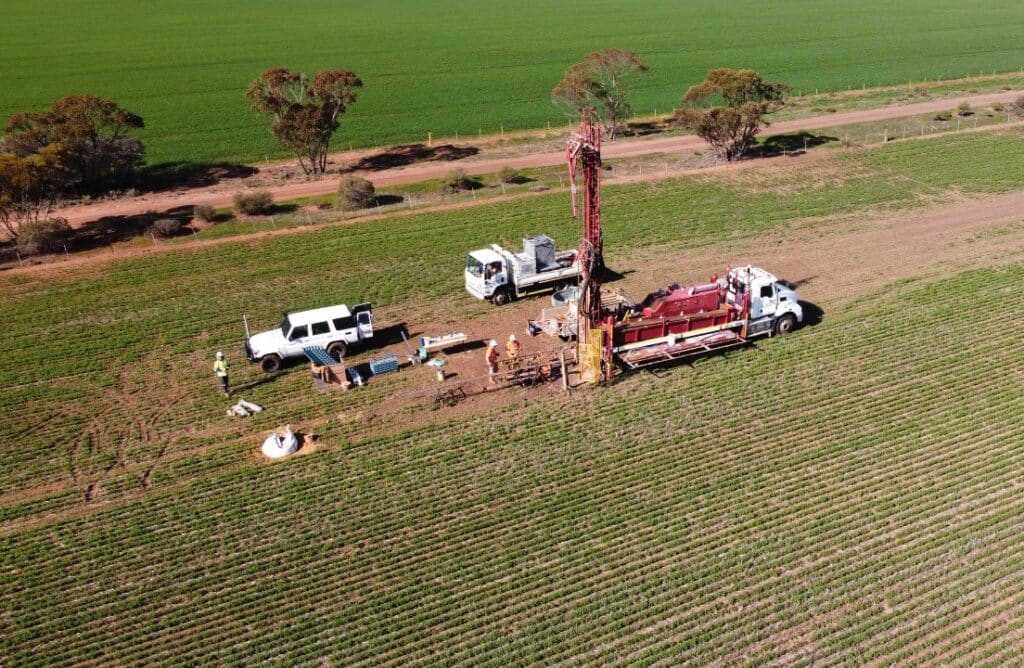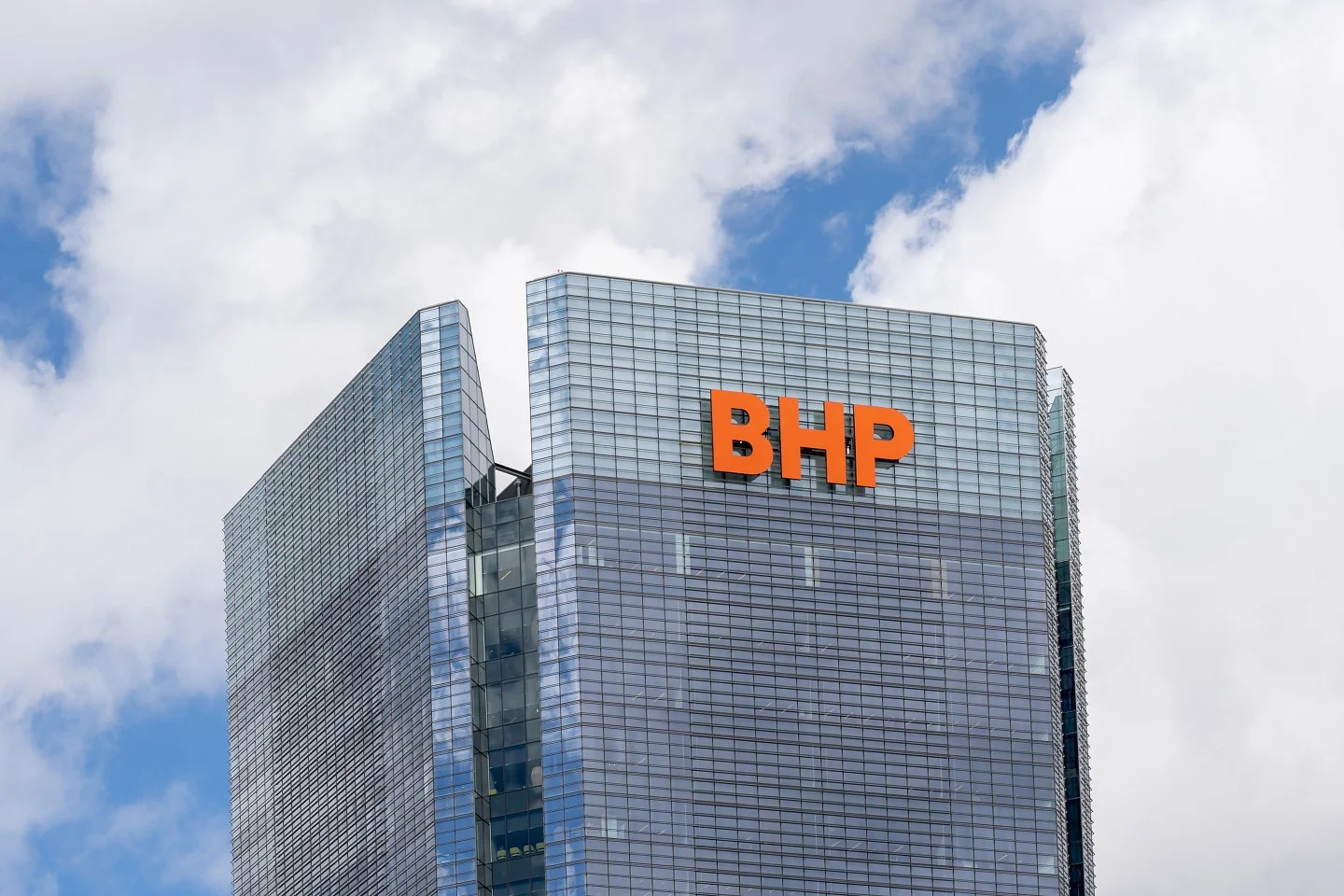Tesla to build world’s largest lithium-ion battery in Australia

Billionaire Elon Musk, the founder of Tesla, has partnered with French energy utility Neoen to build the world’s largest lithium ion battery to store renewable energy in South Australia.
The mega-project consists of a 129 megawatt hours battery, paired with a wind farm, which aims to improve the security of electricity supply across South Australia. The state has been affected lately by several outages amid heat waves and storms. The worst — an eight-hour blackout last year — crippled industry for up to two weeks and triggered public outrage.
The state’s premier, Jay Weatherill, confirmed Friday the deal, which is a key component of the government’s $550 million energy plan.

Tesla believes it can solve South Australia’s energy problems in under 100 days from the contract being ticked off, as Musk himself tweeted in March. If it doesn’t deliver, then the battery will be free.

Musk said it would cost him “probably $50 million or more” if the 100 days lapse without the battery installed.
The project, slated for completion by December, will be able to power about 30,000 homes, Tesla said.
“If South Australia is willing to take a big risk, then so are we,” he said.
The project, slated for completion by December, will be able to power about 30,000 homes — that’s more than three times as powerful as the world’s next-largest such battery, Tesla said.
It is also expected to create many local jobs during the construction phase, but there will be few ongoing positions since the system is designed to be self-sustaining.
Tesla recently completed the installation of an 80MWh grid-scale battery farm in southern California within just 90 days, at an estimated cost of $100 million.

Tesla Powerpack will charge using renewable energy from the Hornsdale Wind Farm (pictured) and then deliver electricity during peak hours. (Image courtesy of Tesla.)
More News
Australia’s VHM scraps offtake deal with Shenghe Resources
January 11, 2026 | 04:08 pm
US to push for quicker action in reducing reliance on China for rare earths
January 11, 2026 | 09:07 am
{{ commodity.name }}
{{ post.title }}
{{ post.date }}






3 Comments
Terrance Coulombe
Okay so you need one thousand of them to power 30 million homes.
Enoch Pax
It would be better if they use a Vanadium Redux battery. It is better suited for a grid energy storage
Steve
wonder how big of a fire that battery will make…